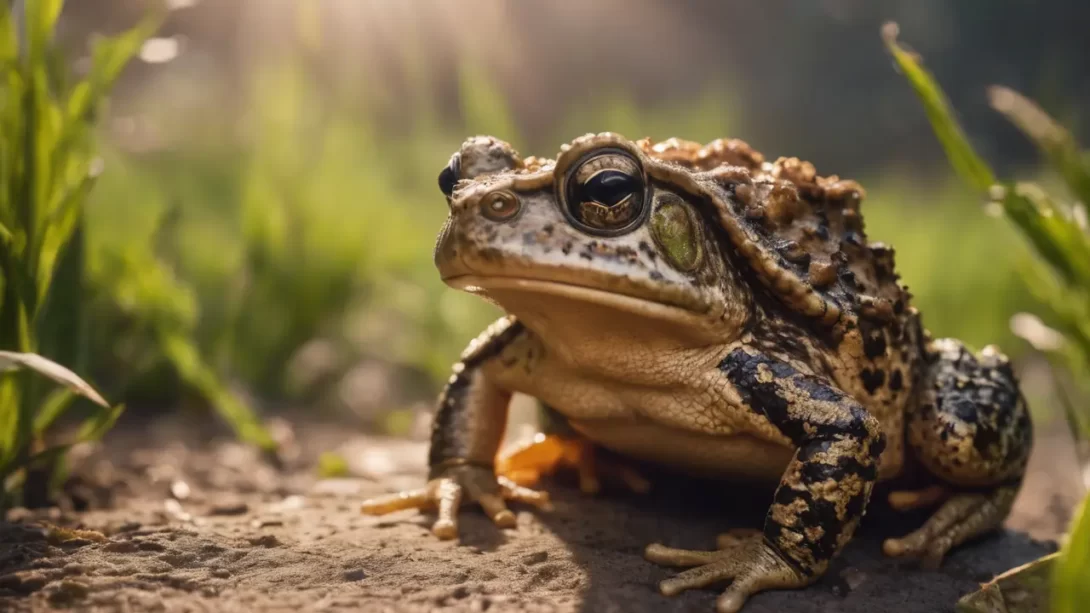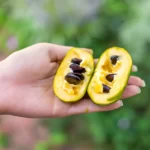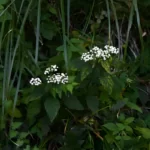Toads are often associated with damp, watery environments in popular culture, leading many to wonder about their actual relationship with water. These amphibians are a common sight in various habitats, from gardens to forests, and understanding their preferences and behaviors related to water is crucial for both enthusiasts and conservationists. This article aims to dispel misconceptions and provide a deeper understanding of toads’ aquatic preferences.
Toads
Toads are amphibians belonging to the family Bufonidae, characterized by their dry, bumpy skin, short legs, and parotoid glands behind their eyes. Unlike their relatives, the frogs, toads generally have a more terrestrial lifestyle, with adaptations that allow them to thrive in drier environments. They are found in a diverse range of habitats, including forests, grasslands, and even urban areas. Their ability to adapt to various environmental conditions has made them a widespread and familiar group of amphibians.
Toads and Water: The Relationship
The relationship between toads and water is complex and varies throughout their life cycle. During the breeding season, water plays a crucial role for toads. They typically return to ponds, streams, or other water bodies to mate and lay eggs. The presence of water is essential for the survival of their eggs and the development of tadpoles, which are fully aquatic.
Once they metamorphose into adult toads, their dependence on water significantly decreases. Adult toads are primarily terrestrial and are well adapted to life on land. They retain moisture through their skin and can survive in relatively dry conditions. However, they still require access to moisture and may seek out damp areas or shallow water sources to rehydrate, especially during dry periods.
Water Sources and Toad Habits
Toads are attracted to various types of water sources, especially during their breeding season. Common breeding sites include ponds, slow-moving streams, and even temporary rain pools. The choice of breeding site can vary depending on the toad species. Some prefer still water, while others may choose slightly flowing water bodies. After the breeding season, adult toads generally move away from these aquatic environments to more terrestrial habitats.
The behavior of toads around water sources is primarily driven by the need to reproduce and the availability of suitable conditions for the survival of their offspring. Outside of the breeding season, toads do not spend significant time in water but may visit damp areas to rehydrate. They are often found in shaded, moist areas such as under logs, rocks, or foliage, which provide the necessary humidity for their skin.
Myths vs. Reality: Do Toads Need Water?
There are several myths about toads and their relationship with water. One common misconception is that toads will spend their entire life in or near water, like some frog species. In reality, most toads are not fully aquatic and only return to water bodies for breeding purposes. Another myth is that touching a toad can cause warts; this is false, as the bumps on a toad’s skin are glands and not contagious in any way.
Toads do need access to moisture, but they are well-adapted to survive in less humid environments compared to frogs. Environmental changes and habitat loss, however, can impact toad populations. Loss of breeding sites and suitable moist habitats can lead to a decline in toad numbers, highlighting the importance of conserving natural water sources and damp habitats.
Creating a Toad-Friendly Environment
Creating a habitat that supports toads can be beneficial for both the amphibians and gardeners. To attract toads and provide a suitable environment for them, consider the following tips:
- Water Features: Incorporate a small pond or water feature in your garden. This doesn’t need to be large; a shallow area with easy access in and out will suffice, especially during the breeding season.
- Moisture-Rich Areas: Maintain areas in the garden that are moist and shaded. This can be achieved by planting dense foliage, creating mulch piles, or placing logs and stones that provide cool, damp shelter.
- Avoid Chemicals: Reduce or eliminate the use of pesticides and herbicides in your garden. Toads are sensitive to chemicals, and the insects they prey on are crucial for their diet.
- Provide Food Sources: Toads eat a variety of garden pests, including slugs and insects. Encouraging a healthy insect population in your garden will provide a natural food source for toads.
- Safe Shelter: Create or install toad houses in quiet, shaded areas of the garden. These can be as simple as inverted pots with an entrance hole.
The Ecological Benefits of Toads
Toads are an important part of the ecosystem, particularly in gardens where they act as natural pest controllers. By consuming large quantities of insects, they help maintain a balance and can reduce the need for chemical pest control. Additionally, their presence is a sign of a healthy, biodiverse environment.
Toads also serve as food for other wildlife, forming an integral part of the local food chain. By supporting toad populations, gardeners contribute to the overall health and sustainability of their local ecosystems.
Conclusion
To sum up, while toads need access to water for breeding and occasional rehydration, they are largely terrestrial and well-adapted to life on land. The myths surrounding toads and water often stem from a misunderstanding of their habits and needs. Creating a toad-friendly environment can be simple and rewarding, offering numerous ecological benefits.
Understanding and supporting the habitat requirements of toads is an important aspect of wildlife conservation and responsible gardening. By fostering suitable conditions for these fascinating amphibians, we not only enhance the biodiversity of our gardens but also participate in preserving the delicate balance of nature.



